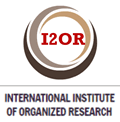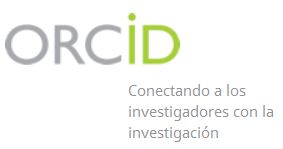Histological prognostic factors in squamous cell carcinoma of lip
Keywords:
carcinoma, squamous cell, lip/anatomy & histology, prognosisAbstract
A retrospective descriptive study was conducted in 64 patients operated for squamous cell carcinoma of lip at the Department of Maxillofacial Surgery of the Arnaldo Milian Castro Provincial University Hospital in Santa Clara, Villa Clara, from 1998 to 2005, and who were followed until August 2010. The purpose of the study was to describe the behavior of the association between some histological prognostic factors and the evolution. The information was obtained by the method of survey, through the review of the biopsy ballot application, the corresponding pathology report, the clinical history and the paraffin block of tumor specimen. There were recurrences in 9.4% of cases, and 15.6% had metastasis; 66.7% of patients with tumors 10 mm or more in depth had metastasis. It is concluded that there is a predominance of patients without recurrence or metastasis in their evolution. The peritumoral inflammation acts as a protective factor in metastasis. Tumor depth was the prognostic factor more strongly associated with recurrence and metastasis, when compared to other factors. It is recommended to include in the pathology report the histological factors that have higher influence in the evolution of the patients in this study.Downloads
Downloads
How to Cite
Issue
Section
License
Authors who have publications with this journal agree to the following terms:
- Authors will retain their copyright and assign to the journal the right of first publication of their work, which will simultaneously be subject to a Creative Commons License / Attribution-Noncommercial 4.0 International (CC BY-NC 4.0) that allows third parties to share the work as long as its author and first publication in this journal are indicated.
- Authors may adopt other non-exclusive license agreements for distribution of the published version of the work (e.g., depositing it in an institutional repository or publishing it in a monographic volume) as long as the initial publication in this journal is indicated.
- Authors are allowed and encouraged to disseminate their work through the Internet (e.g., in institutional telematic archives or on their web page) before and during the submission process, which can produce interesting exchanges and increase citations of the published work. (See The effect of open access).





 december 15 2025
december 15 2025


